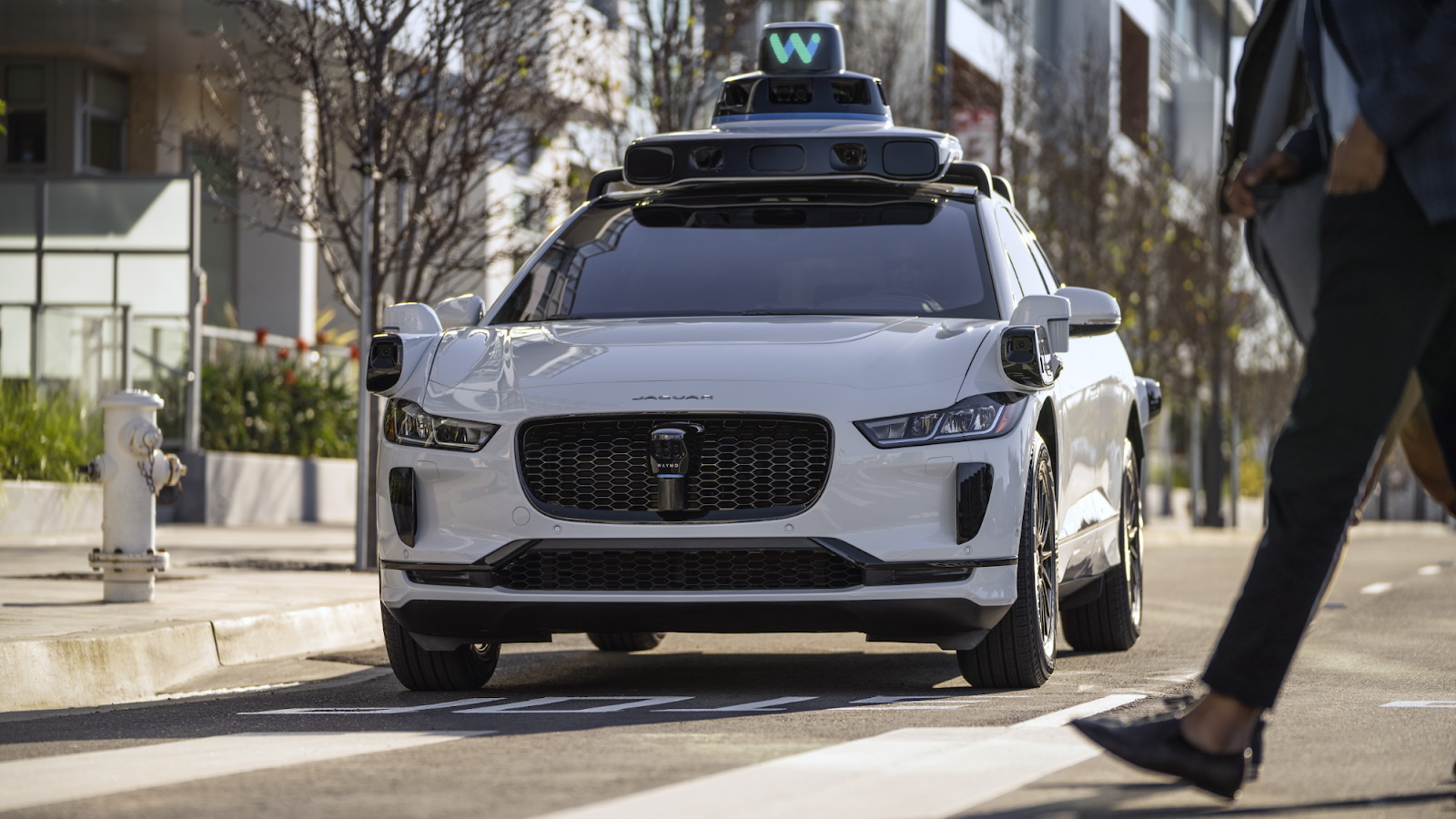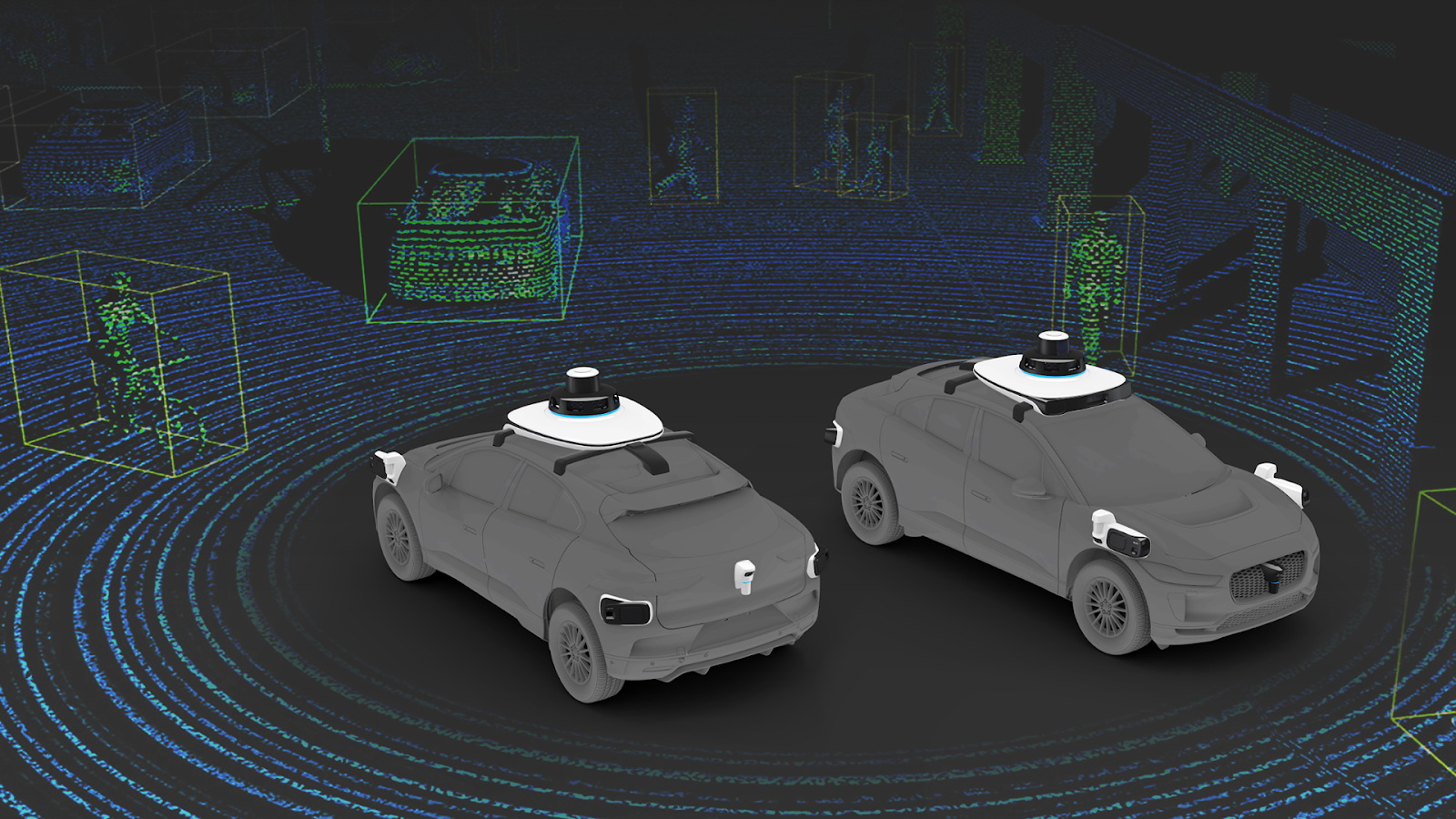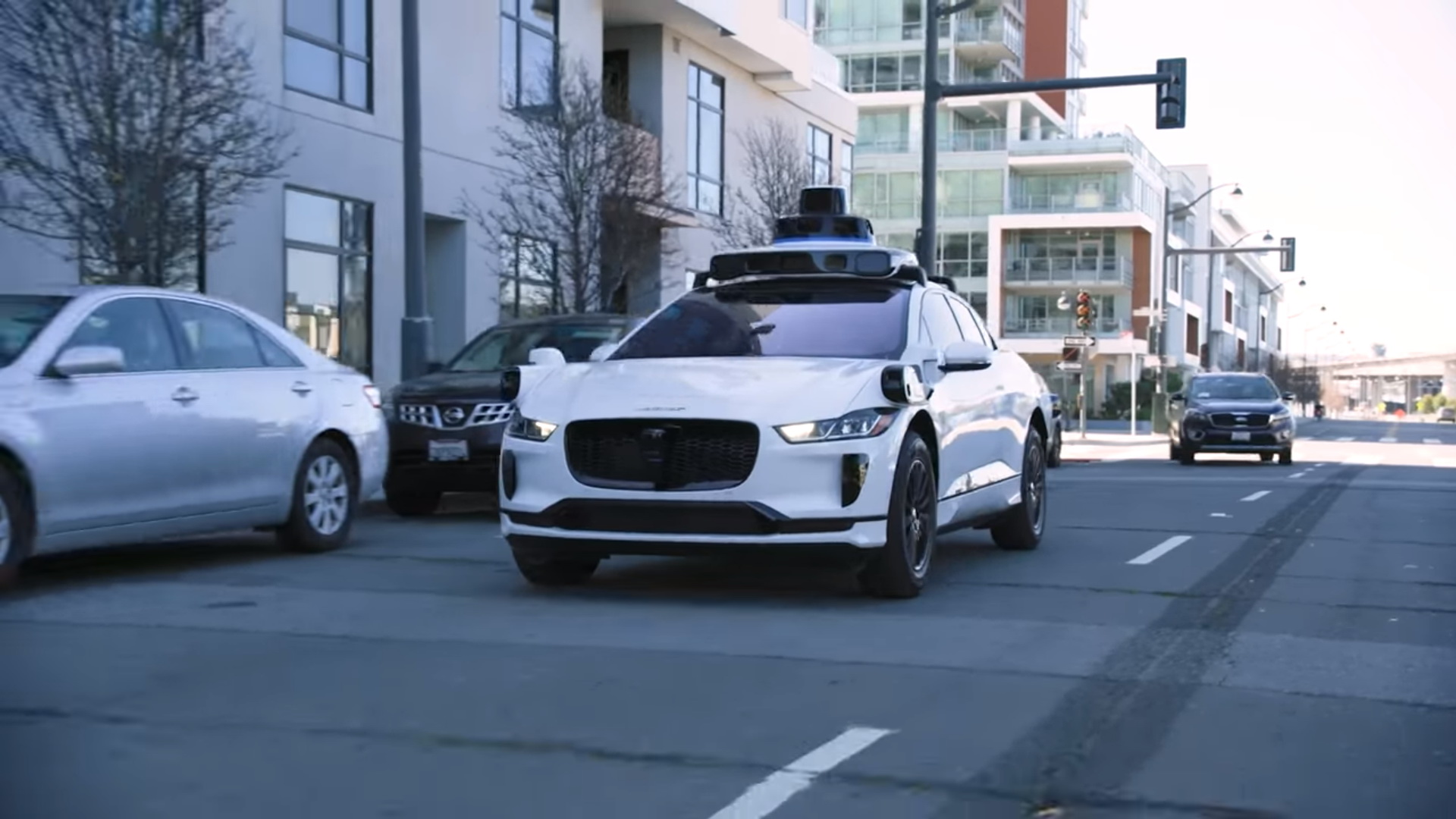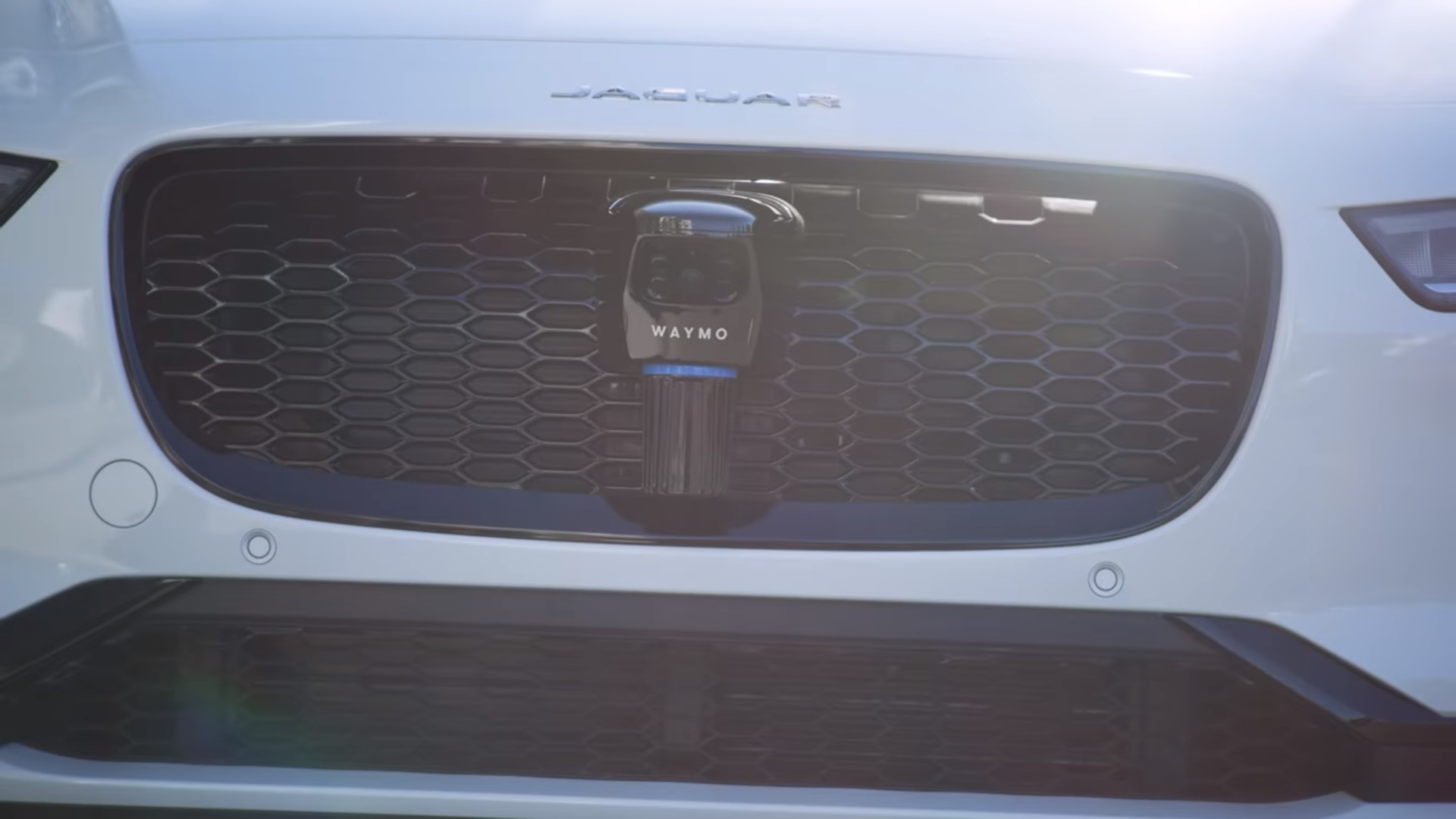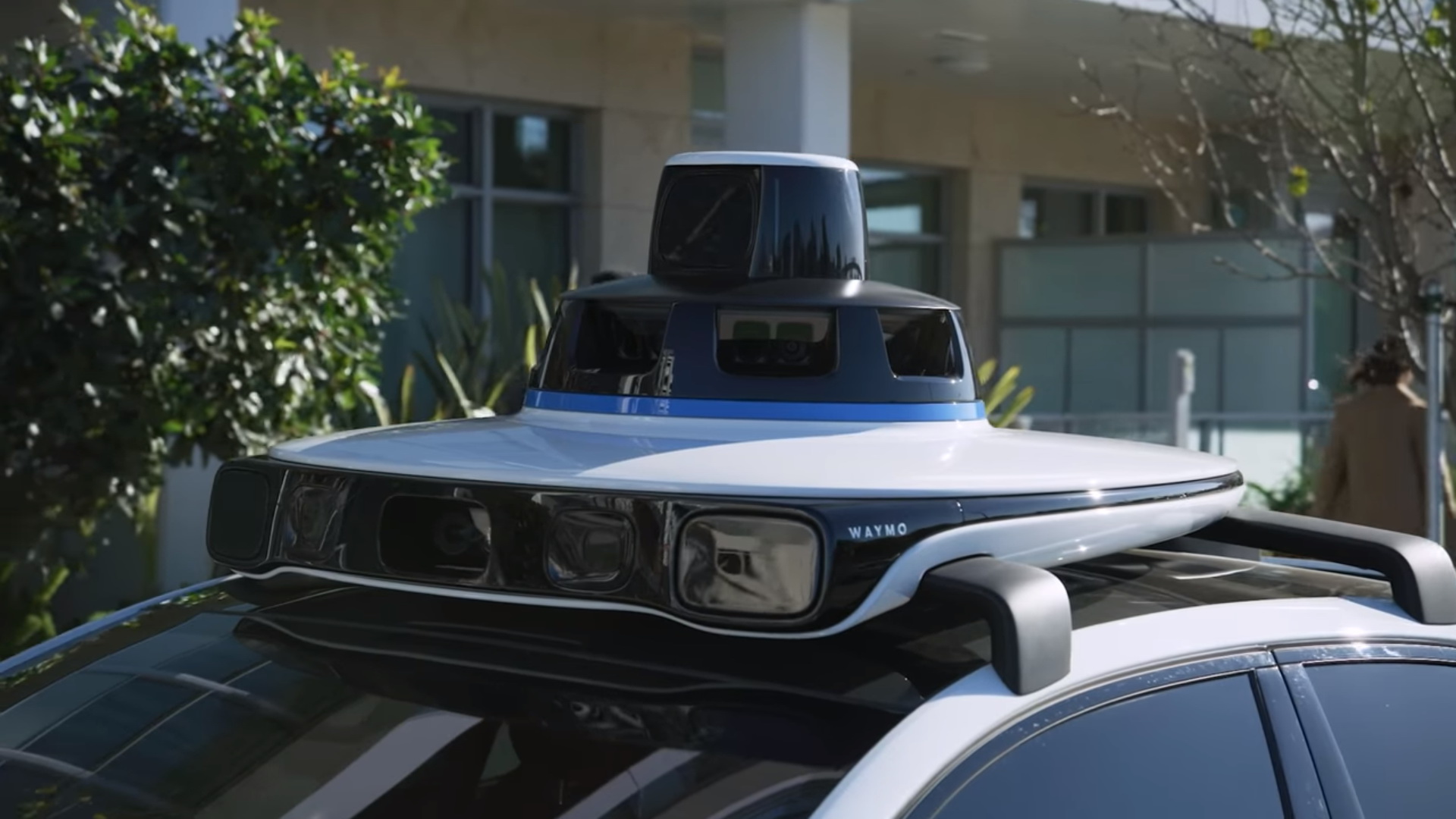Waymo, the self-driving development company established by Google, has introduced the latest, fifth-generation “Driver” suite of hardware and software that basically allows a car to be driven without human input.
The company’s fifth-generation suite of autonomous driving technologies is completely redesigned following 20 million of self-driven miles on public roads and more than 10 billion miles of simulation.
The result is a package that’s not only more powerful and capable than its predecessor but also at half the cost of the previous-generation package, indicating at Waymo’s lead in this race towards fully autonomous driving.
Also Read: Google’s Waymo Raises $2.25 Billion In Outside Investments
The package includes Waymo’s new lidar sensors, which create a 360-degree system and paints a 3D picture of the vehicle’s surroundings. With the use of lidars, the system can measure the size and distance of objects around the car that are over 300 meters away, offering enhanced spatial resolution and accuracy compared to the previous system.
The lidars are combined with new cameras as well, which are unsurprisingly much better than before; they can capture more detail and provide sharper images, even in the toughest driving conditions. The combination of the new lidars and cameras also means that Waymo’s cars can now identify things like pedestrians and stop signs from over 500 meters away.
Waymo’s latest self-driving package also includes next-generation radar sensors, which can instantaneously detect and measure an object’s velocity even in the toughest weather conditions, like fog, rain, and snow, providing a persistent view of the vehicle’s entire surroundings. In fact, for the fifth-generation suite, Waymo created the world’s first imaging radar system for autonomous driving, offering the absolute best in resolution, range, and field of view.
The first test vehicle to have Waymo’s new ‘Driver’ suite of sensors and software is the electric Jaguar I-Pace, which benefits from having most of the onboard hardware mounted in the frunk, leaving the majority of the boot space free for luggage.




